Whether you’ve had a bunion correction, tendon repair, or toe fracture surgery, what happens after the procedure is just as important as the operation itself. At Prime Surgical Suites in Granite Falls, we partner with your referring provider to ensure that your recovery is smooth, safe, and on track from the moment you leave our facility.
If you're wondering what to expect in the days and weeks following foot surgery—or what might be cause for concern—this guide covers it all.
What’s Normal After Foot Surgery?
Foot surgery affects how you move, heal, and even how your whole body feels. In the first few days to weeks post-op, here’s what most patients experience:
- Swelling – This is the most common symptom and can last several weeks. Elevating your foot regularly will help.
- Bruising – It’s normal for bruising to appear around the surgical site and even travel down the foot or toes as it heals.
- Mild to moderate pain – Pain typically improves with rest, elevation, and any medications your surgeon prescribes.
- Limited mobility – Many patients will need a post-op boot, crutches, or a scooter for balance and protection.
- Numbness or tingling – Especially common if nerve blocks were used during surgery. This usually fades as sensation returns.
Every recovery is different depending on your procedure, but these symptoms are generally expected. See what foot and ankle surgeries we support at Prime Surgical Suites to understand how each one can influence your healing timeline.
What’s Not Normal: Signs to Watch Out For
Some symptoms may indicate a complication that needs medical attention. Contact your surgeon’s office immediately if you experience:
- Persistent or worsening pain – Especially if it’s sharp, stabbing, or doesn’t improve with medication and rest.
- Fever over 100.4°F – This could be a sign of infection.
- Redness or spreading warmth around the incision – Often an early warning of inflammation or infection.
- Pus or foul-smelling drainage – Any unexpected fluid from the surgical site should be taken seriously.
- Inability to move your toes or sudden new numbness – Could signal nerve damage or blood flow problems.
- Signs of blood clots – Calf pain, severe swelling that doesn’t go down, or sudden shortness of breath. These are rare but serious and require immediate attention.
For more information on post-operative symptoms and complications, the American College of Foot and Ankle Surgeons provides an excellent resource.
Tips for a Smoother Foot Surgery Recovery
Recovering well isn’t just about healing—it’s about doing the right things at the right time. These tips can help set you up for success:
- Elevate your foot above heart level, especially during the first 72 hours. This reduces swelling and promotes circulation.
- Stick to your weight-bearing instructions. If your surgeon says no walking yet, don’t push it—it’s not worth the setback.
- Use your post-op boot or shoe properly. It’s there to protect your surgical site, even when things start to feel better.
- Take pain medication as prescribed. Don’t wait until you’re in serious discomfort—it’s harder to manage once the pain spikes.
- Don’t hesitate to call your provider if something doesn’t feel right. It’s better to check than to wait and wonder.
See FootCareMDs article on post-op recovery for foot and ankle procedures for more information.
FAQs About Foot Surgery Recovery
How long does it take to recover from foot surgery?
It depends on your specific procedure. Minor surgeries like bunion removal may heal in 6–8 weeks. More complex reconstructions can take several months.
Can I drive after surgery?
Only once you’re off pain medications and your surgeon clears you. If your right foot was operated on, expect a longer delay.
When can I go back to work?
Desk jobs usually allow for return within a week. Jobs that require standing or walking may need 3–6 weeks or longer.
Do I need physical therapy?
Often, yes. Physical therapy helps restore mobility, strength, and balance—especially after tendon or joint-related procedures.
Healing Is a Process So Know What to Expect
Foot surgery recovery isn’t a straight line, but understanding what’s normal versus what’s not can help you navigate the process with confidence. At Prime Surgical Suites, we’re here to support your journey from surgery to full recovery.
Have an upcoming procedure? Make sure to speak with your referring provider about your recovery expectations and don’t hesitate to reach out with questions along the way. Together, we’ll help you take the right steps forward.
.png?width=200&height=63&name=Prime%20Surgical%20Suites%20Logo-FINAL%20(REV_2_19).png)






